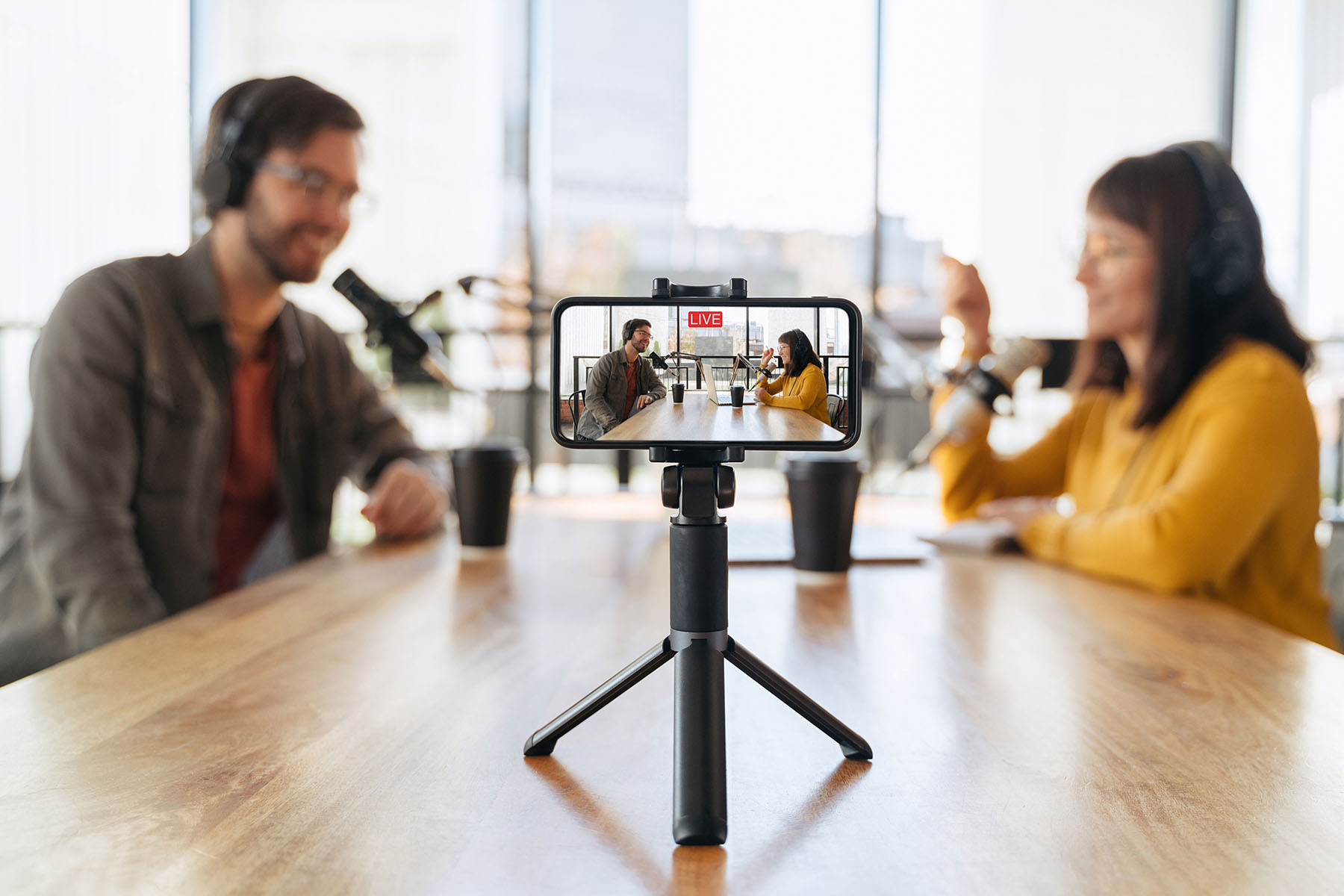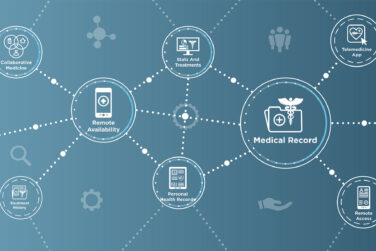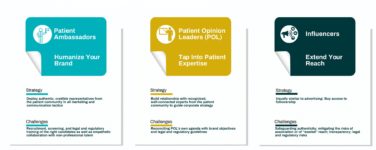In 2018, we published an article, “To Reach Clinicians, Think Connected Opinion Leaders (COLs) Instead of Key Opinion Leaders (KOLs),” that explored the emerging phenomenon of healthcare professionals (HCPs) with a strong online presence. At that time, the role of Digital Opinion Leaders (DOLs) was relatively new, and we debated whether to call them COLs or DOLs.
By DOLs, we mean HCPs who are active and influential on digital platforms such as social media, podcasts, blogs, and online networks. They are not to be confused with patient advocates, caregivers, or other influencers with a strong digital voice. We will refer to DOLs throughout this article.
The person-to-person restrictions that occurred because of the COVID-19 pandemic and the increasing availability of digital tools and channels have accelerated HCPs’ online presence and connectivity. DOLs have become more diverse, more visible, and more relevant.
Who Are the DOLs in 2023?
DOLs are not always the recognized medical experts in their field and are not always KOLs. As a distinction, KOLs are those HCPs who lead credible research, are well published in peer-reviewed literature, and/or have vast clinical experience. Today’s DOLs have often developed their unique “stage” and shaped their “brand” by creating and sharing engaging posts and online content, leading to peer recognition and increased connections and followers. Their posts are often personal reactions related to new data or news, or responses to posts generated by others.
Let’s examine three different profiles:
- Monica Gandhi is an infectious disease specialist and a well-known KOL, particularly in relation to COVID-19. She has nearly 100k followers on Twitter, and a quick online search will yield numerous videos and podcasts. Because of her extensive online presence, she is also a DOL.
- Mark Lewis is a medical oncologist who can be categorized as more of a DOL than an academically focused KOL. He has 79k followers on Twitter and has participated in multiple YouTube videos and podcasts, including the ASCO Daily News’ podcast titled “Dr. Mark Lewis: On His Own Cancer and Social Media in Oncology.”
- Rany Jazayerli is a U.S. dermatologist with over 50k followers on Twitter. However, his popularity is primarily due to his other passion, baseball, on which he leads a popular weekly podcast. Although his posts generate high engagement, his content and target audience are not typically medically focused.
These profiles demonstrate that DOLs can have different motivations, styles, and target audiences for their online activities. They also illustrate how DOLs can complement KOLs by offering distinct perspectives and insights.
Digital influence will continue to grow in importance, partly driven by the increasing Gen Z digitally native population. The accessibility of online health-related content continues to inform the questions brought to HCPs by patients. DOLs have emerged as sources for quick information.
Finding DOLs
To identify DOLs within a particular therapeutic area:
- Review online profiles of known KOLs to assess their digital connectivity, influence, and activity. Assess the channels they use, the topics of interest, their posts, and their number of followers.
- Online media and social listening tools such as Meltwater, Talkwalker, and KOL ID platforms scrape the internet and allow refined keyword-based searches.
- Track conference hashtags to detect HCPs who tweet during relevant events and across social media platforms. Following tags such as #ASCO23 or #ESMObreast23 can help pinpoint DOLs with a particular interest during these congresses.
Beyond what is available from the DOL’s posts, it’s advisable to research their background, including interests, affiliations, publications, and online activities. This will provide context as to their goals, preferences, and areas of interest.
DOLs: Valuable Source of Insights
Marketing and field teams, as well as Medical Affairs teams, have awoken to the valuable insights uncovered by reading DOLs’ unfiltered communications. These insights can help to refine messaging, uncover areas of unmet need, and identify new or underserved patient populations.
All medical and commercial field teams should maintain online surveillance of DOLs’ communications, particularly those with whom they meet. However, most companies have social media policies for scientific exchange with DOLs. Many explicitly prohibit medical science liaison engagement within the social media platform, including reactions to posts or direct messaging. Listening is permitted, but DOL engagement must occur via traditional scientific exchange channels, including email, phone, face-to-face, or virtual platforms.
DOLs may be considered for inclusion along with traditional KOLs in a variety of activities:
- Advisory boards: DOLs with appropriate medical qualifications can contribute their knowledge on unmet needs, clinical practice gaps, and digital opportunities.
- Publications: DOLs may have valuable insights to inform the publication plan.
- Medical education: DOLs may have ideas for topics and channels that enable highly visible and consumed content, including webinars, podcasts, or online courses.
- Faculty: DOLs may serve as faculty, and as speakers, when appropriately qualified.
All teams need a level of digital literacy and the right tools to monitor online DOL engagements, identify opportunities, track trends, and evaluate the strategic impact of what is posted on a brand or medical affairs strategy.
Compliance Is Critical
If not managed compliantly, engaging with DOLs online can pose legal and ethical risks, including the violation of promotional codes or privacy regulations, reputation damage, or loss of control over shared online content.
To ensure compliance and minimize risk:
- Adhere to company policies for digital engagement and seek legal and compliance approval before initiating any DOL contact.
- Adhere to company standard operating procedures (SOPs) for pre-clearance of any materials provided to DOLs.
- Monitor and report any adverse events that may arise from online interactions with DOLs per company SOPs.
- Monitor for incorrect or inappropriate information; escalate to internal company leadership. Take screen shots, and do not engage with posts.
Conclusion
DOLs are an important and growing stakeholder group. They offer unique insights, perspectives, and followings that can complement those of traditional KOLs. The biopharmaceutical industry has recognized this, and many companies are identifying, engaging, and collaborating with DOLs in a new and strategic, ethical, compliant way to achieve their objectives and deliver increasingly important value to their stakeholders.
Additional contributions to this article were provided by Cherie Hyder, PharmD, MSL-BC, Senior Director, Global Medical Excellence & Operations – Medical Affairs, Syneos Health and Randy Miller, PharmD, Senior Vice President, Global Field Medical Affairs and Clinical Education, Syneos Health.
Footnote:
We acknowledge the use of BingAI and ChatGPT for background research, in drafting an outline of this article, and some word count editing.











